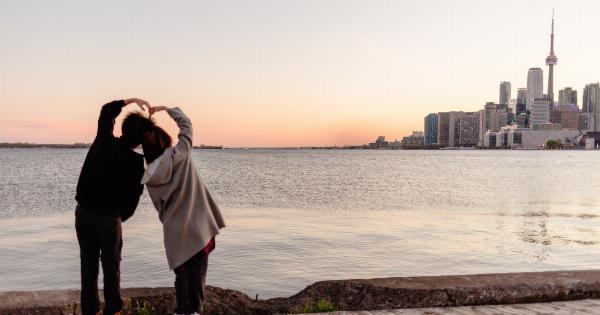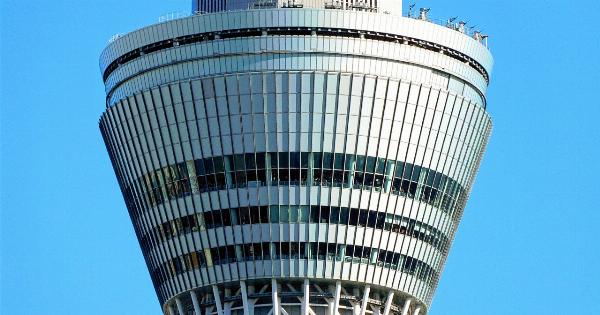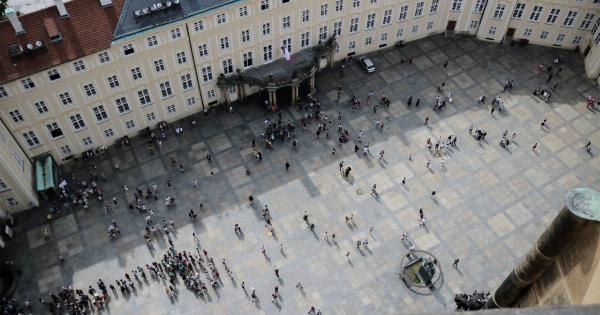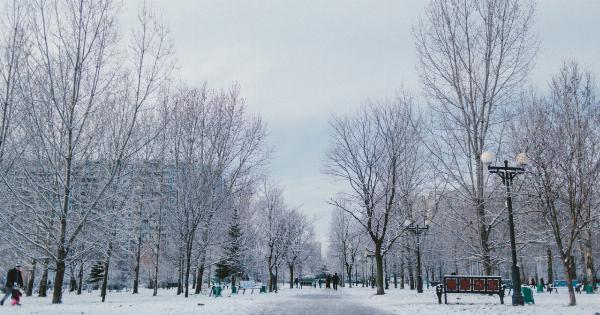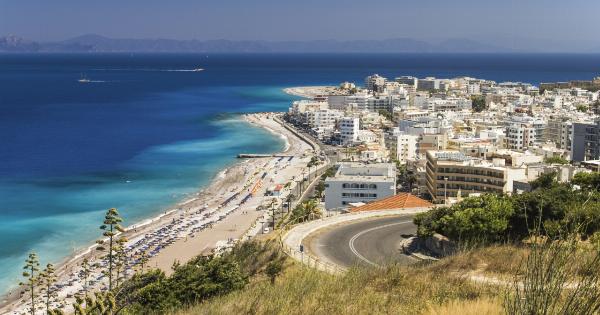Urbanization is a global phenomenon that has been rapidly shaping the landscape of cities around the world.
As populations continue to grow, more and more people are moving to urban areas in search of better job opportunities, improved living standards, and access to essential services. While urbanization brings along several benefits, it also poses significant threats to the heart of cities. In this article, we will explore the various ways in which the growing urbanization can be a threat to the city’s heart.
Loss of Green Spaces
One of the most significant threats that urbanization poses to the heart of a city is the loss of green spaces.
As cities undergo rapid expansion to accommodate the increasing population, open areas and parks are often sacrificed to make way for buildings, highways, and other infrastructural developments. This loss of green spaces not only affects the aesthetic appeal of the city but also has adverse effects on the physical and mental health of its residents.
Increased Congestion and Traffic
Another major consequence of urbanization is the increased congestion and traffic within cities. As more people move into urban areas, the number of vehicles on the roads also escalates.
The existing transportation infrastructure becomes overburdened, resulting in traffic jams, longer commuting hours, and increased air pollution. The heart of the city, which usually houses commercial and business centers, is the most affected by this influx of traffic, making it challenging for people to access necessary services and facilities.
Rising Housing Costs
Urbanization often leads to a surge in housing costs within cities. As more people compete for limited housing options, the demand for housing exceeds the supply, causing prices to skyrocket.
This rise in housing costs makes it increasingly difficult for residents to afford homes in the heart of the city, leading to the displacement of lower-income groups. The result is the creation of segregated communities, where the heart of the city caters primarily to the wealthy, while the less fortunate are forced to settle in peripheral areas with limited access to essential services.
Loss of Cultural Heritage
The heart of a city often holds significant cultural heritage and historical landmarks. Unfortunately, the rapid urbanization and development can lead to the destruction or neglect of these invaluable assets.
As cities prioritize modernization and economic growth, the preservation of cultural heritage takes a backseat. Historical buildings may be demolished to make way for new construction, and traditional neighborhoods may be razed to the ground, erasing the unique character and charm of the heart of the city.
Strain on Utilities and Services
The growing urban population places a significant strain on the existing utilities and services in a city. Water, electricity, healthcare, and sanitation systems are often unable to keep up with the ever-increasing demand.
As a result, these services become inadequate, leading to issues such as water scarcity, power outages, inadequate healthcare facilities, and improper waste management. The heart of the city, being the hub of commercial and social activities, bears the brunt of these inadequacies, affecting the quality of life for its residents.
Decreased Social Cohesion
Urbanization can also result in a decrease in social cohesion within the heart of a city. As cities become more crowded and diverse, communities often become fragmented, leading to a weakened sense of belonging and reduced social interactions.
This can have detrimental effects on the overall well-being of residents and lead to social isolation. The heart of the city, which should ideally foster a strong sense of community, can instead become a place of anonymity and disconnection.
Loss of Biodiversity
Urbanization inevitably leads to the loss of biodiversity within cities. As natural habitats are destroyed to make way for urban development, many plant and animal species are displaced or driven to extinction.
This loss of biodiversity not only disrupts the ecosystem but also deprives residents of the aesthetic and recreational benefits that green spaces and wildlife provide. The heart of the city, being the most densely developed area, becomes a concrete jungle, devoid of nature’s wonders.
Increased Crime Rates
With the influx of people into urban areas, crime rates often tend to increase. Poverty, inequality, and limited access to resources can lead to social unrest and criminal activities.
The heart of the city, which is usually the commercial and business center, becomes a hotspot for criminal elements due to its high footfall and economic importance. This poses a threat to the safety and security of residents and deters people from venturing into the heart of the city, potentially affecting its economic growth.
Overburdened Infrastructure
The rapid growth of urbanization can put immense pressure on the existing infrastructure of a city. Roads, bridges, public transportation systems, and utilities may not be equipped to handle the increasing population.
This leads to frequent breakdowns, bottlenecks, and inefficiencies in the delivery of services. The heart of the city, being the focal point of urban activity, bears the brunt of this overburdened infrastructure, resulting in decreased efficiency and accessibility.
Environmental Degradation
Lastly, urbanization contributes to environmental degradation, which can have severe consequences for the city’s heart. The loss of green spaces, increased pollution levels, and overconsumption of resources all take a toll on the environment.
The heart of the city suffers from poor air quality, lack of greenery, and limited access to clean water bodies. This not only affects the physical well-being of residents but also diminishes the overall appeal and livability of the city’s core.
Conclusion
While urbanization brings about economic growth and development, it also poses significant threats to the heart of cities.
The loss of green spaces, increased congestion, rising housing costs, loss of cultural heritage, strain on utilities and services, decreased social cohesion, loss of biodiversity, increased crime rates, overburdened infrastructure, and environmental degradation are all consequences of rapid urbanization.
It is crucial for cities to adopt sustainable urban planning practices that prioritize the preservation of the city’s heart, ensuring a harmonious balance between urban development and the preservation of its unique character, heritage, and livability.

